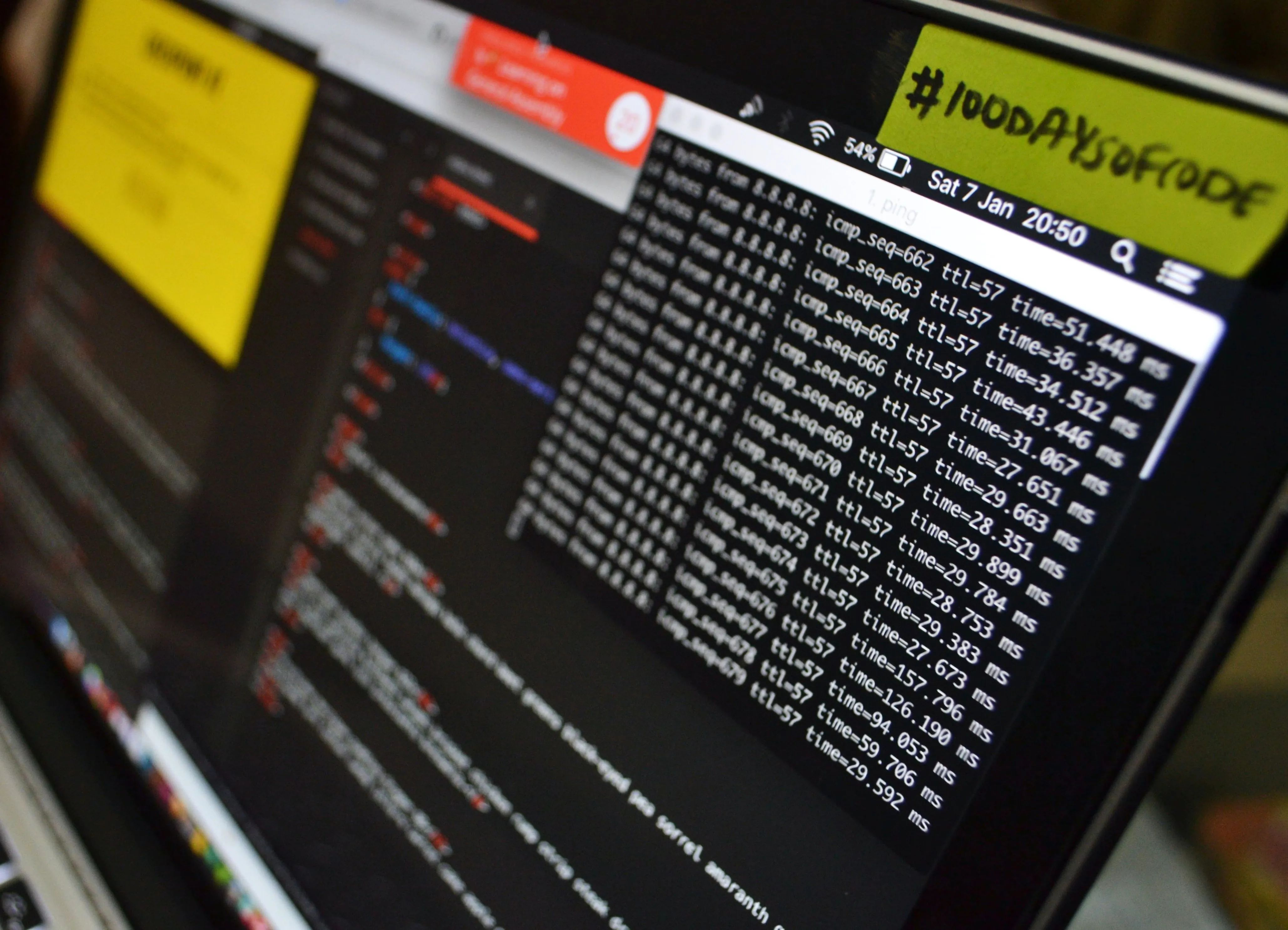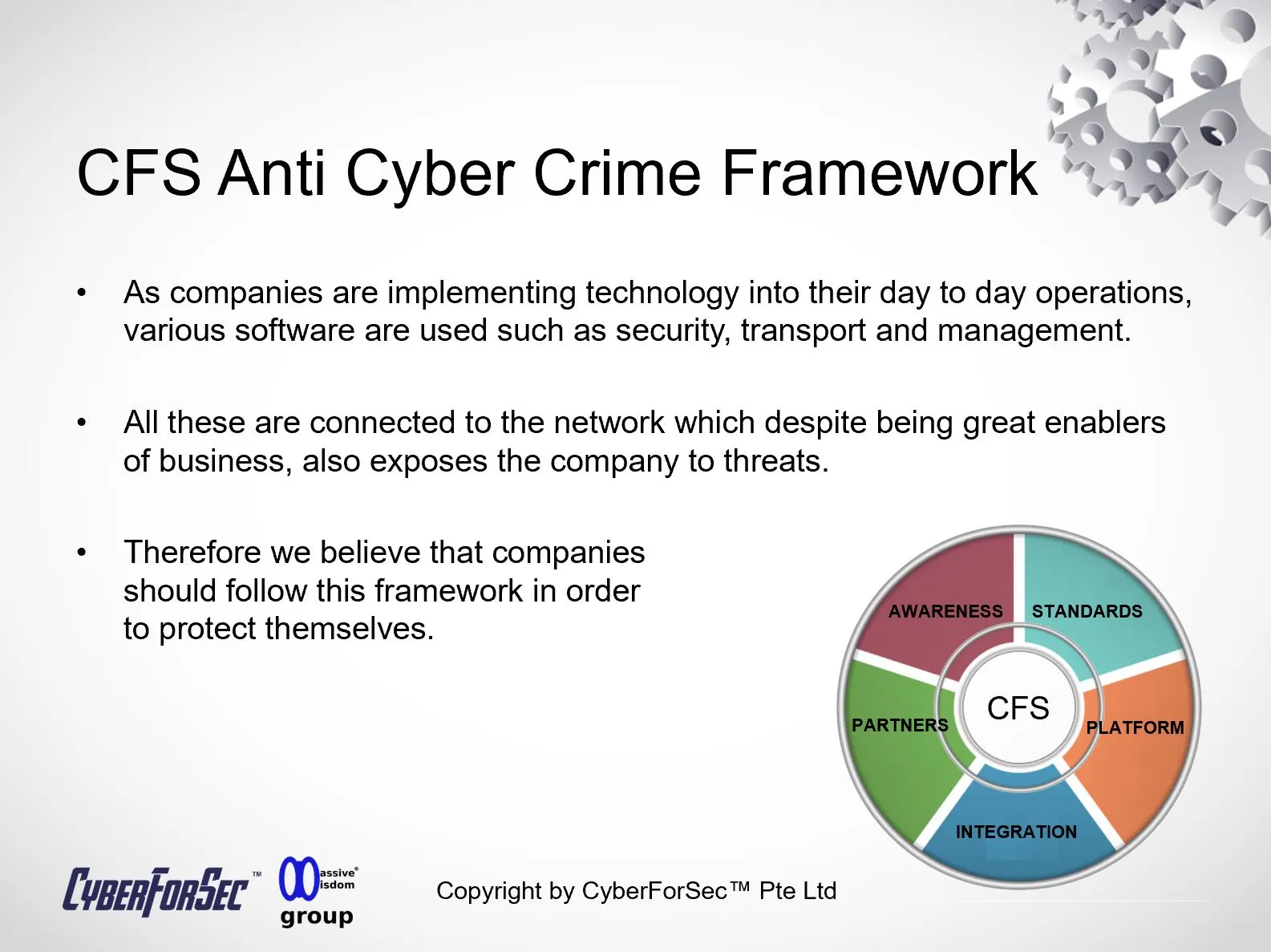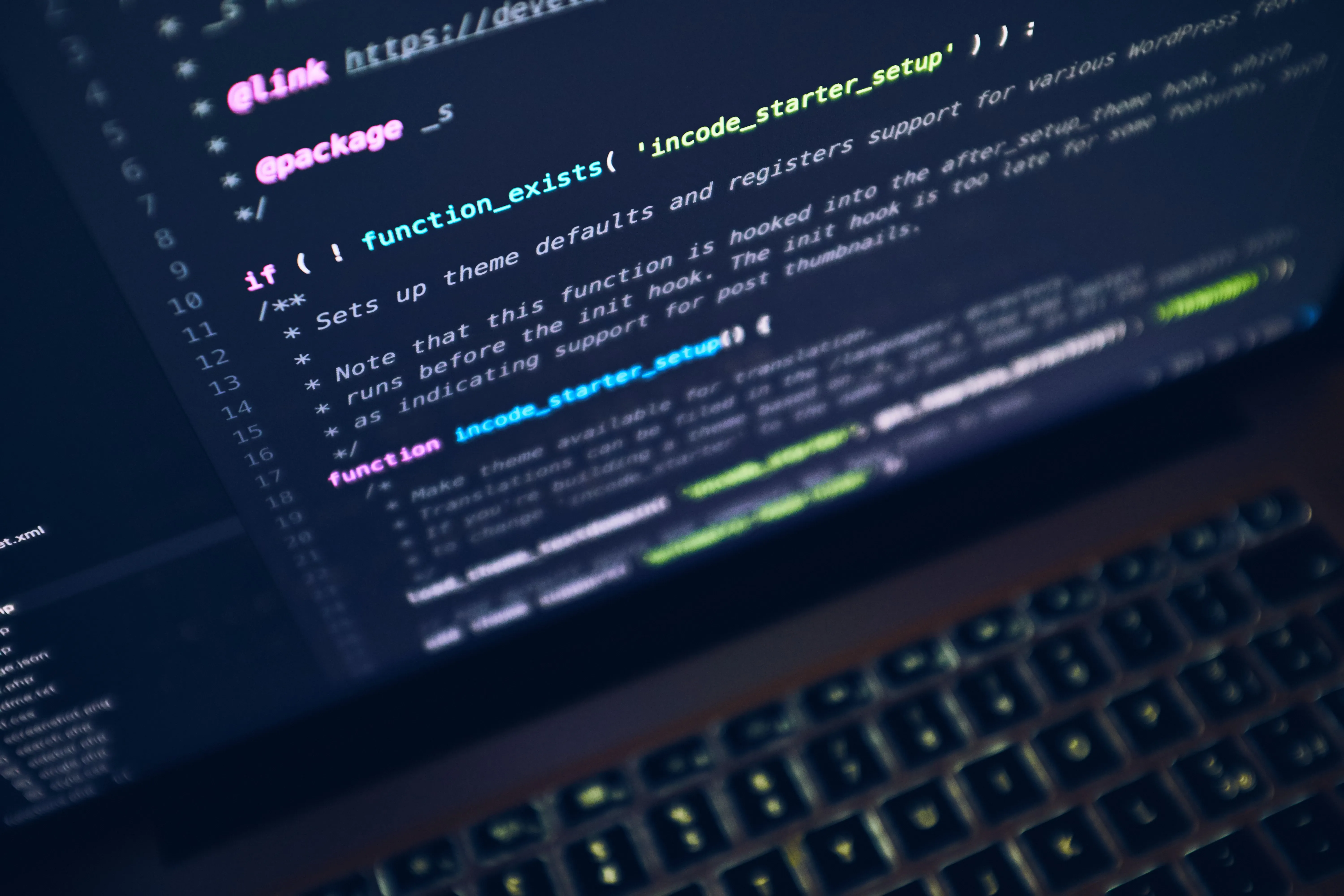How AI is transforming cybersecurity in 2023
Cybersecurity is one of the most critical and challenging domains in the digital era. As cyber threats become more sophisticated and frequent, traditional security solutions are no longer enough to protect organizations and individuals from data breaches, ransomware, phishing, and other attacks. That’s why many security experts and vendors are turning to artificial intelligence (AI) to enhance their cybersecurity capabilities and resilience.

AI is a branch of computer science that aims to create machines and systems that can perform tasks that normally require human intelligence, such as learning, reasoning, and decision making. AI can help security teams automate tedious and complex tasks, such as collecting and analyzing large volumes of data, detecting and responding to threats, and predicting and preventing future attacks. In this article, we will explore some of the use cases and examples of how AI is transforming cybersecurity in 2023.
Threat Intelligence and Analysis
Threat intelligence and analysis is the process of identifying and evaluating the properties of potentially malicious threats and files. It involves collecting, processing, and analyzing threat data from multiple sources, such as network logs, security tools, threat intelligence feeds, and human resources systems. It also involves correlating and contextualizing the data, and providing actionable insights and recommendations for threat prevention, detection, and response.
AI can help security analysts automate and enhance the threat intelligence and analysis process, by using natural language processing and machine learning techniques to extract relevant and timely information from structured and unstructured data sources, such as blogs, news articles, social media, and dark web forums. AI can also help security analysts identify patterns, trends, and relationships in the data, and provide risk scores and threat indicators to help prioritize and remediate threats.
Some examples of AI for threat intelligence and analysis are:
- IBM X-Force Threat Intelligence, which uses natural language processing and machine learning to analyze structured and unstructured data from various sources, and provide relevant and timely threat intelligence to security teams.
- CrowdStrike Falcon X, which automates threat analysis and delivers customized intelligence based on the specific threats facing an organization. It also integrates with the CrowdStrike Falcon platform, which uses AI to detect and stop breaches in real time.
- Cisco Threat Response, which leverages Cisco’s threat intelligence and security products to provide a unified view of threats, automate investigations, and accelerate responses.
User and Entity Behavior Analytics (UEBA)
User and entity behavior analytics (UEBA) is a type of security software that uses behavioral analytics, machine learning algorithms, and automation to identify abnormal and potentially dangerous user and device behavior. UEBA is particularly effective at identifying insider threats, compromised accounts, unauthorized data access, or malicious activity. UEBA establishes a baseline for normal behavior and alerts security teams or takes actions when deviations or irregularities are found.
AI can help security teams monitor and analyze user and entity behavior across endpoints, networks, and cloud services, by using machine learning and continuous authentication techniques to detect anomalies and deviations from the baseline. AI can also help security teams provide risk scores and adaptive policies to enforce security controls based on user risk profiles.
Some examples of AI for UEBA are:
- BlackBerry Persona, which uses AI and continuous authentication to monitor user behavior and detect anomalies across endpoints, networks, and cloud services. It also provides risk scores and adaptive policies to enforce security controls based on user risk profiles.
- Microsoft Sentinel UEBA, which analyzes logs and alerts from various data sources to build behavioral profiles of users and entities across time and peer group horizon. It also uses machine learning to identify anomalous activities and provide contextual evidence and impact assessment.
- IBM QRadar User Behavior Analytics, which leverages IBM QRadar SIEM data to detect insider threats and compromised credentials. It also uses machine learning and cognitive analytics to provide risk scores and actionable insights.
Predictive Security Analytics
Predictive security analytics is the process of applying statistical algorithms to historical data to predict future cyber attacks in real-time. It involves identifying patterns, trends, and relationships in the data, and using them to forecast the likelihood and impact of potential threats. It also involves evaluating existing or new cybersecurity tools and strategies, and providing recommendations for improvement.
AI can help security teams anticipate and prevent potential threats before they occur, by using machine learning and deep learning techniques to analyze historical and current data, and generate threat predictions and forecasts. AI can also help security teams prioritize and remediate threats, and optimize their cybersecurity posture and performance.
Some examples of AI for predictive security analytics are:
- Kaspersky Threat Intelligence Portal, which provides access to Kaspersky’s global threat intelligence database, which contains information on millions of threats, indicators of compromise, and attack vectors. It also provides predictive analytics and threat forecasting to help security teams plan and implement proactive defenses.
- Rapid7 InsightIDR, which combines user and network behavior analytics, endpoint detection and response, and deception technology to provide comprehensive threat detection and response. It also uses predictive analytics and machine learning to identify attacker behavior and tactics, and provide guided investigations and automated responses.
- Varonis Data Security Platform, which protects enterprise data from insider threats, ransomware, and data breaches. It also uses predictive analytics and machine learning to detect abnormal user behavior, flag suspicious activity, and prevent data loss.
Conclusion
AI is transforming cybersecurity in 2023, by providing security teams with new capabilities and advantages to combat cyber threats. AI can help security teams automate and enhance their threat intelligence and analysis, user and entity behavior analytics, and predictive security analytics processes, and provide them with actionable insights and recommendations. AI can also help security teams improve their efficiency, accuracy, and agility, and reduce their costs and risks. However, AI is not a silver bullet, and security teams still need to be vigilant, ethical, and responsible when using AI for cybersecurity. AI is a powerful tool, but it is not a substitute for human judgment, expertise, and oversight.
By Alvin Lam Wee Wah
and Team at CyberForSec.
Interested in what you've read and want to know more or collaborate with us? Contact us at customersuccess[a]cyberforsec.com replacing the [a] with @.















